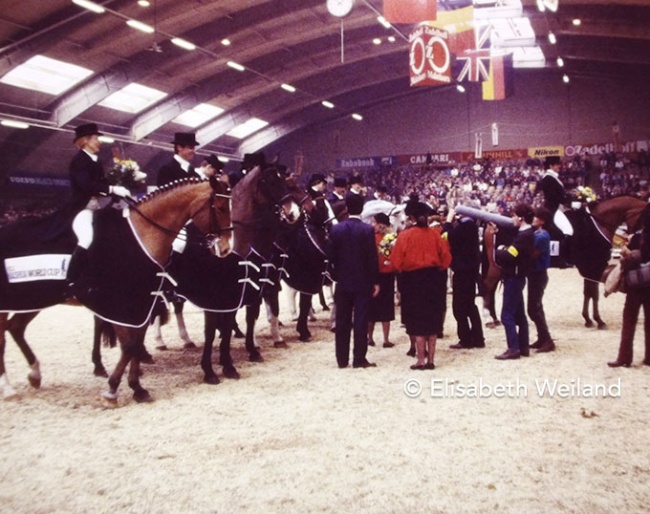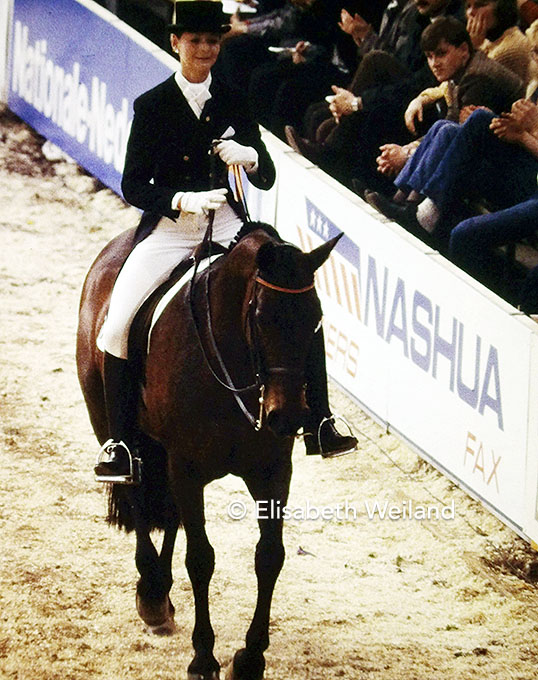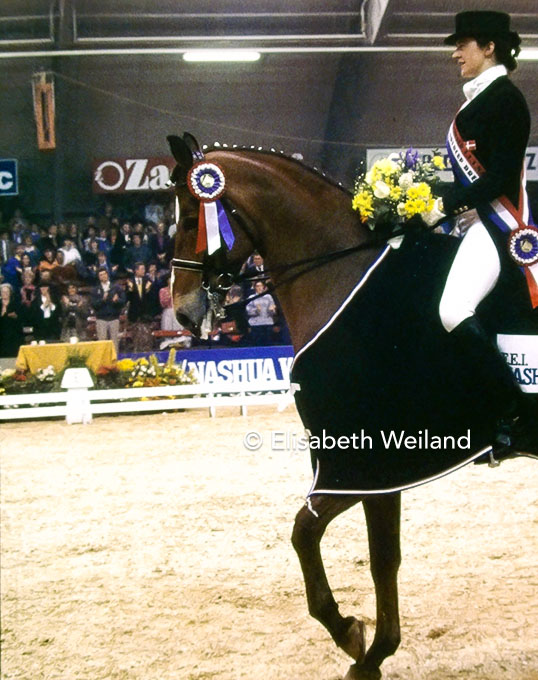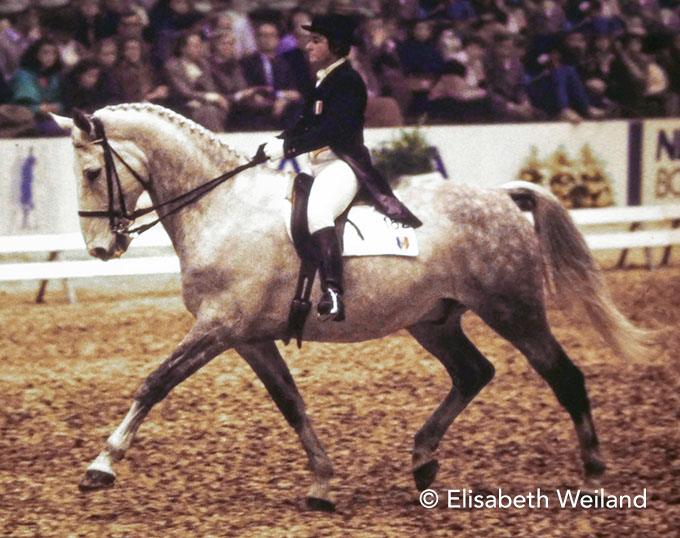
In the lead-up to the 1936 Olympic Games in Berlin renowned German equestrian magazine St. Georg noticed that "the freestyle will become one of the most attractive classes of a show. Only the freestyle brings the art of riding closer to a wide audience, after dressage had been a kind of secret affair for decades."
The World Cup Concept for Dressage
However fitting this assessment might have been, the freestyle did not establish itself as part of championships or even every CDI(O) until half a century later, when for similar arguments were used to establish a World Cup circuit over the winter months with the final in spring. The first ever edition was held in 1986.
The inception of the World Cup circuit followed a few years of discussions whether dressage should follow show jumping which had a World Cup successfully running since the end of the 1970s. While some renowned players of the sport welcomed the idea to make dressage more popular to laymen and secure its Olympic future, others saw a big chance to commercialise the discipline.
The Qualifiers in 1986

Forty-six starters in total competed in the qualifiers. There were ten places reserved for European riders in the Finals and two for riders from overseas. The inaugural World Cup Finals took place in the spring of 1986 in `s-Hertogenbosch, The Netherlands.
The most diligent of all, young German Ann-Kathrin Linsenhoff, started in no less than 8 of 14 shows to win the qualification with her elegant Oldenburg mare Vallauris (by Vollkorn xx), achieving 58 qualification points in total.
The hot favourites for the final, the Danish 1983 European champion Anne-Grethe Jensen and her fairytale horse Marzog, finished second at the end of all the qualifiers with only 4 starts. They collected 45 points.
The Finals in 1986
In a final field of 12 horses and riders, nine female and just three male, Germany, Yugoslavia and The Netherlands were the three countries which fielded two riders each.

Anne Grethe Jensen and Marzog
Kur to Music at the Expense of Classical Dressage?
The fear that a freestyle would lead dressage away from its classical principle was not yet confirmed in 1986. Three of the judges of the final expressed their own opinions and expectations in 1986/1987 L’Année Hippique.
Swiss Wolfgang Niggli, Chair of the FEI dressage committee back then, said that "an expert expects an artistic as well as an aesthetic ride which shows harmony and which follows classical principles." Dutch Jaap Pot warned that "there is the danger that the complexity of movements goes at the expense of harmony and lightness." New Zealand judge Nick Williams remarked that "beauty resides in simplicity, by executing basic elements in perfection."
Riders in the first final did not confirm the fears of the skeptics, but movements like double canter pirouettes, half passes in passage and piaffe pirouettes were already shown.

-- Text by Silke Rottermann
All photos © Elisabeth Weiland - NO REPRODUCTION ALLOWED !!
Related Links
Scores: 1986 World Cup Finals
Eurodressage Coverage of the World Cup Finals from 1999 till 2023